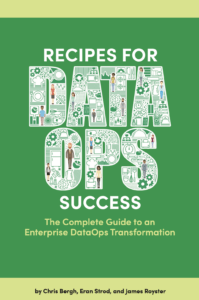The meeting room was spacious, adorned with charts, graphs, and several cups of hastily grabbed coffee. I distinctly remember an afternoon set to work with a promising prospect. As my team and I waited, a flurry of messages informed us that the key players from the other side wouldn’t be joining. Why? Their entire data analytics team had been hastily yanked into an impromptu “war room” to tackle an emergency data issue. It was reminiscent of another time when I heard about a three-day-long marathon session or even that peculiar incident where a staggering 26 people were engrossed for over 8 hours only to find the root cause of a blank report.
Such episodes epitomize inefficiency and disarray; I’ve grown to detest them.
War rooms steal productivity. They often end up being reactive pressure cookers, where resources are pooled in to fix an issue after it’s spiraled out of control. A well-functioning data analytics team should proactively foresee and mitigate problems before they balloon into full-blown crises. Data analytic team war rooms represent a firefighting approach. They convine to just ‘fix the issue’ rather than provide retrospective learning. For every minute that a data professional is locked into these rooms, it’s a minute taken away from value-driven, forward-thinking tasks.
Imagine a scenario where the need for such reactive war rooms is significantly diminished if not eradicated. Data observability and rigorous automatic data validation testing can pinpoint and address issues well before they necessitate an all-hands-on-deck emergency meeting. Observability provides the transparency required to monitor data health, ensuring integrity and accuracy at each step. Coupled with robust testing mechanisms, it acts as the first line of defense against anomalies.
In an era where DataOps is revolutionizing how we approach data management, leaning on archaic war room techniques feels incongruous. It’s high time we bid farewell to the data analytic team war room!





